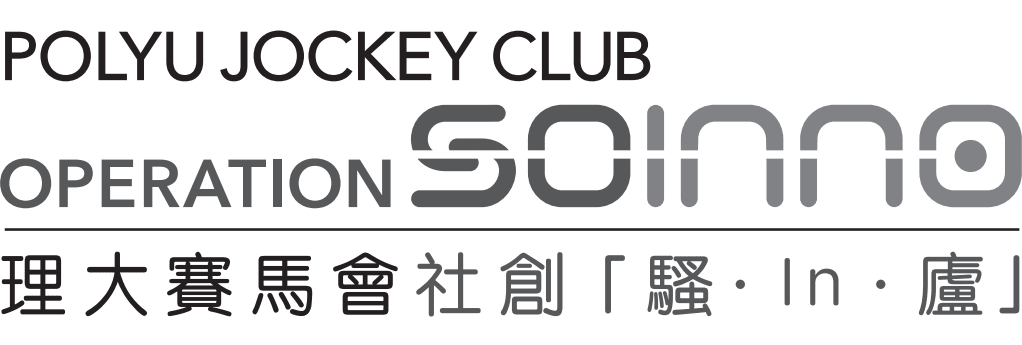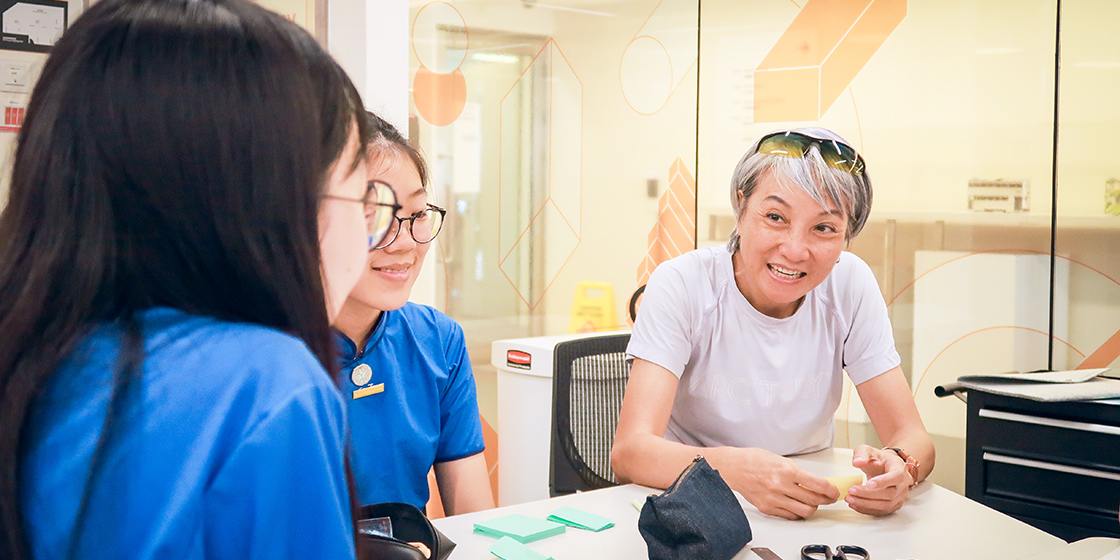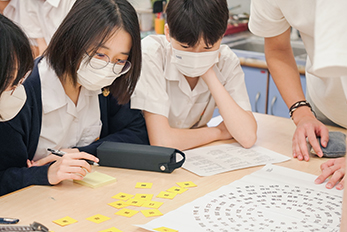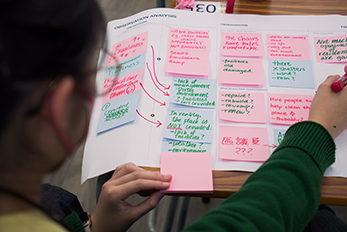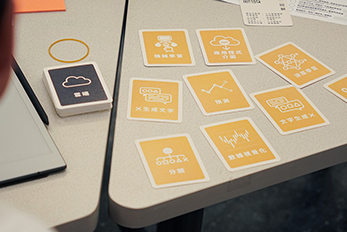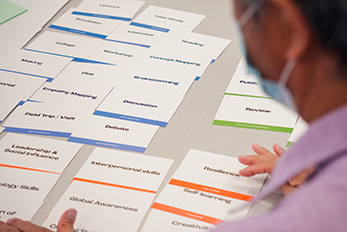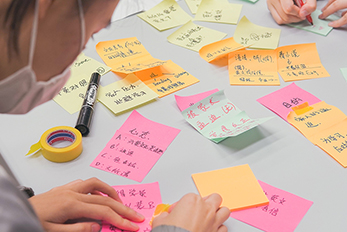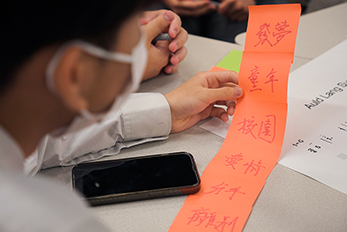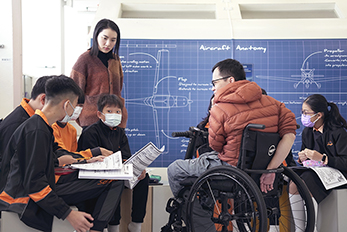WHAT is it?
In this session, students meet with the stakeholders (the people who are or will be actually affected by the problem/issue the students are studying).
The aim of the session is to facilitate constructive conversation that could generate insights for design.
WHY teach it?
Through this session students can acquire skills in collaborative problem solving. It is also a very important experience for them in trying to centre the development of their ideas around the needs of real people.
They can also learn how to obtain insights from conversations with users.
HOW to do it?
Instructions:
▸ Introduction (10 mins)
Explain the goal of the session and the several steps that the students will go through.
The setting of a co-design session could be very specific to the topic and particularly to the participating parties. Therefore, the following does not constitute a definitive plan for a codesign session. Rather, some rationales, principles and notes for planning such a session are provided.
Co-design
With the prefix ‘co’ coming from the word ‘cooperative’, codesign is also called participatory design. It is rooted in the movement towards the democratisation of workplaces in Scandinavian countries. Participatory design started from the simple notion that those affected by a design should have a say in the design process. Participatory designers therefore take the side of resource-weak stakeholders and develop project strategies for their effective and legitimate participation in design. A less controversial complementary motive for participatory design is its potential to ensure that existing skills can be used as a resource in the design process.1
Ice breaking
As it is very important for the students and their design partners to treat each other as equals, ice-breaking is essential. It can take any form but should be aimed at having the participants know each other as human beings and citizens. It is not desirable for the students to merely interview their design partners; the design partners must also come to know the students.
Visualisation tools for non-designers
It can sometimes be difficult for non-designers to articulate their needs and desires. If a random person is asked for their idea on a specific design issue, they are likely to reply with only very general comments.
The use of visualisation tools is therefore very important to facilitate the conversations. The task should be aimed at generating keywords and insights rather than specific designs or design details. Students can prepare their own visualisation tools for the sessions, which could be the tools they have used in the previous sessions (with which they would be more familiar) or be made specifically for the topics they are working on. Facilitators can also make use of other tools, such as the Inspiration Cards (DT5.4), to aid the conversation.
▸ Presentation and debriefing (20 mins)
Chinese Glossary
Co-design 共同設計
Participatory design 參與式設計
Stakeholder 持份者
Design partners 設計伙伴
Reference:
Björgvinsson, E., Ehn, P. and Hillgren, P. (2012) ‘Design Things and Design Thinking: Contemporary Participatory Design Challenges’, Design Issues, 28(3), 101–116.
